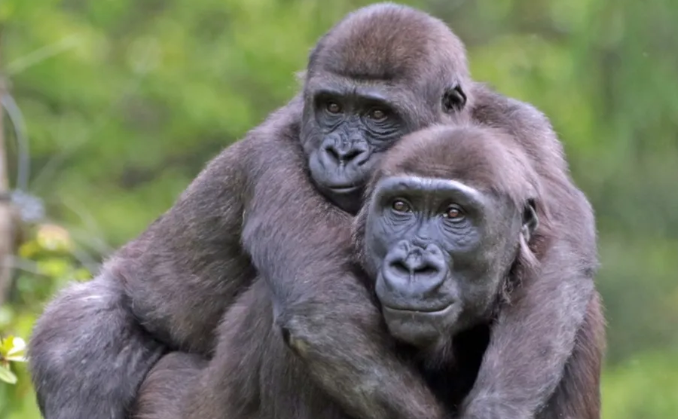Gorilla Communication and Vocalization Patterns
Understanding how gorillas communicate is crucial for both their conservation and our comprehension of animal behavior. As one of the closest relatives to humans, gorillas share complex vocalization patterns that reveal much about their social structures and emotional states. Exploring these communication methods can help deepen our appreciation for these magnificent creatures.
The Diversity of Gorilla Vocalizations
Gorillas employ a wide array of vocalizations to convey different messages. Some of the most common sounds include grunts, roars, and barks, each serving distinct purposes. For instance, a low grunt might indicate contentment or reassurance among the group, while a loud roar could signal distress or an alert to potential danger. Studying these sounds allows researchers to gain insights into the social dynamics within gorilla troops, including how they respond to external threats.
Body Language as a Complement to Sound
While vocalizations are vital, gorillas also communicate through body language. Postures, gestures, and facial expressions play a significant role in their interactions. For example, a dominant male may stand tall with puffed-up chest, signaling authority and confidence. In contrast, a submissive individual might lower their body and avoid direct eye contact. This combination of vocal and non-vocal communication enhances their interactions and helps maintain group harmony.
The Importance of Communication for Conservation
Understanding gorilla vocalization patterns is not just scientific; it has practical implications for their conservation. By deciphering their communication, wildlife conservationists can better assess the health and social structures of gorilla populations. Moreover, this knowledge aids in creating more effective conservation strategies, ensuring that habitats are preserved and that gorillas can thrive in their natural environments. Every piece of information about their communication helps us draw closer to ensuring their survival.
In conclusion, the study of gorilla communication and vocalization patterns enriches our knowledge of these incredible animals and informs conservation efforts. By continuing to explore this fascinating realm, we can foster a deeper connection with gorillas and contribute to their preservation. If you’re eager to learn more about gorillas and their behavior, consider checking out documentaries or joining conservation programs that support these magnificent creatures.

